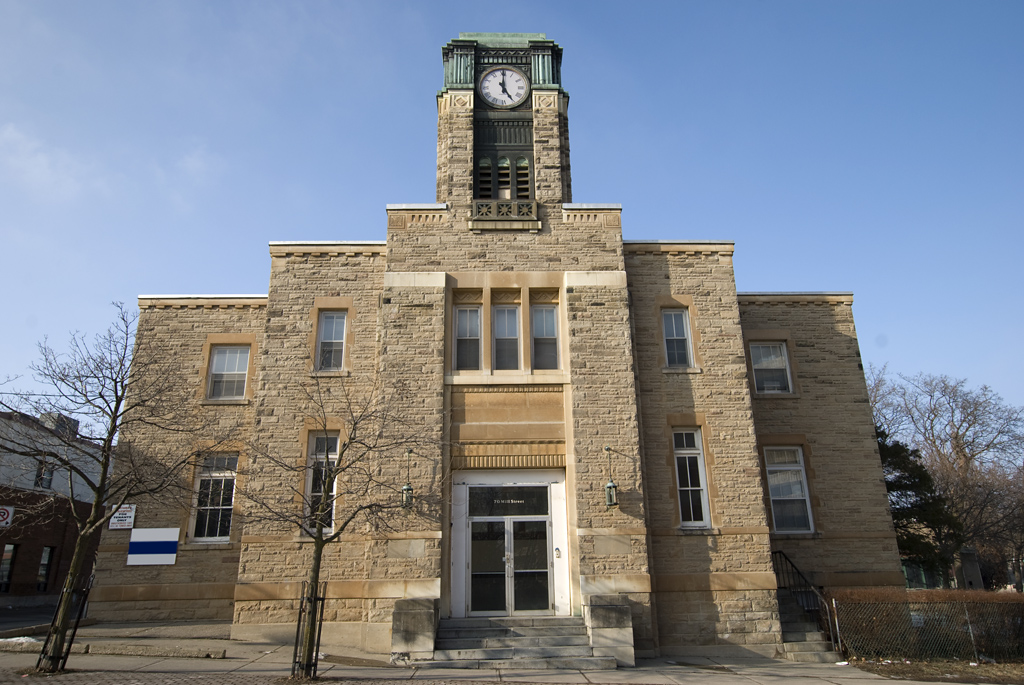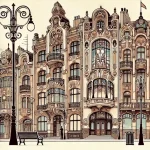Old Post Office – Art Deco Architecture in Georgetown, Ontario Canada
Nestled in the heart of historic Georgetown, the Old Post Office at 70 Mill Street stands as a striking example of Art Deco architecture in small-town Ontario. Built in 1935, during the tail end of the Art Deco movement in North America, this building reflects the era’s bold sense of modernity, optimism, and geometric elegance.
Art Deco, which flourished internationally during the 1920s and 1930s, is characterized by its streamlined forms, symmetrical patterns, and stylized decorative elements. The Old Post Office is a rare and well-preserved local representation of this style, which was more commonly seen in major cities.
While modest in scale, the Old Post Office embodies the era's progressive design ideals and civic pride. It served not just as a place of communication and logistics, but also as a symbol of federal presence and architectural ambition during the interwar years.
Built: 1935
City: Georgetown, Ontario
Country: Canada

The Old Post Office in Georgetown, Ontario, as shown in the photo, exhibits a restrained yet classic expression of Art Deco architecture, tailored to the context of a small Canadian town in the 1930s. The building showcases a blend of Art Deco formality with the local stone craftsmanship typical of the period.
- It features symmetrical massing, a key trait of Art Deco, where geometric order and balance take precedence.
- The central entrance is accentuated by strong vertical lines, suggesting upward movement—another signature Deco motif.
- The most prominent element is the central clock tower, which rises above the main structure.
- The tower has stepped setbacks, a classic Art Deco silhouette, and includes vertical grill-like openings that emphasize height and ventilation.
- The entrance features subtle bas-relief panels and recessed motifs above the door, suggesting Art Deco’s stylized, low-relief embellishments.
- Vintage-style lantern fixtures flank the entryway, combining function with subtle period-appropriate detailing.
- The recessed entry creates a sense of shelter while maintaining the building’s imposing formality.
